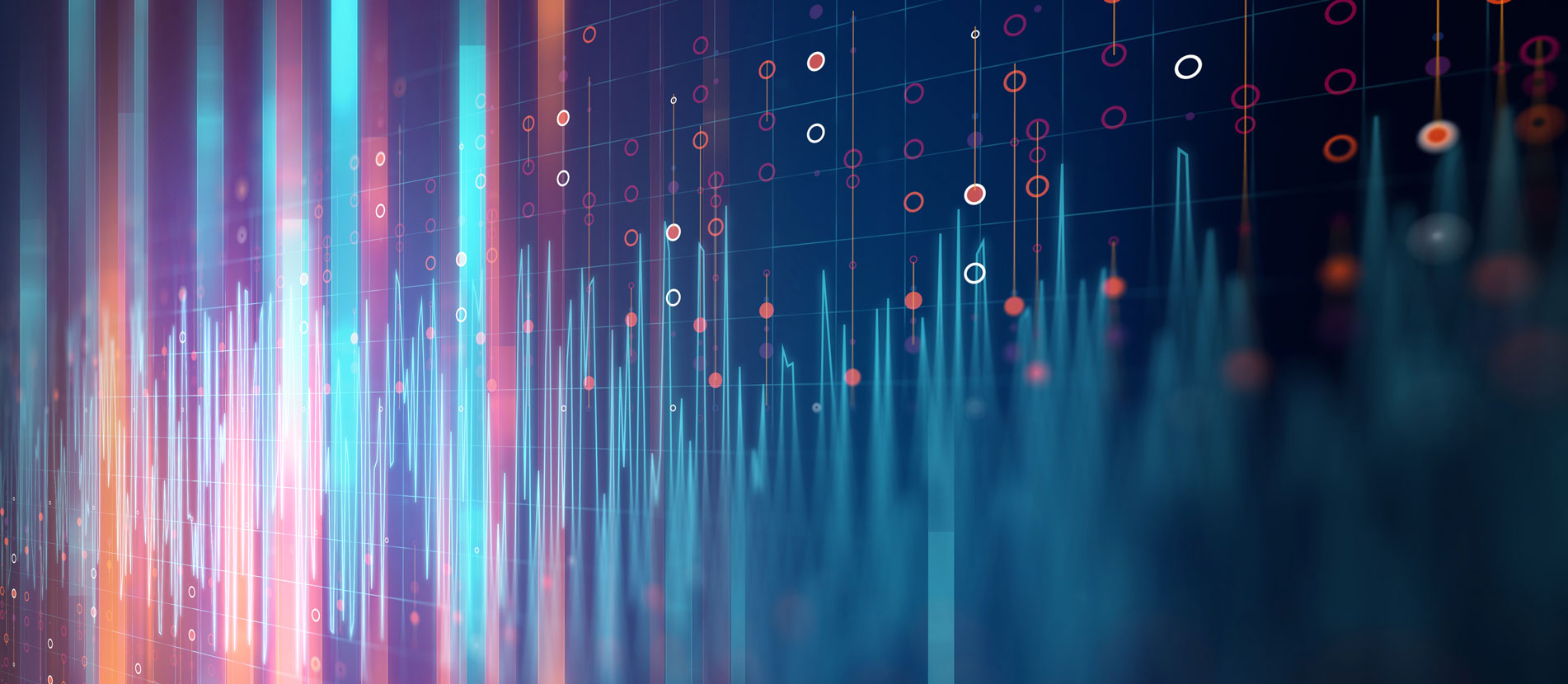Ion recycling for research into the heaviest elements
The method is very promising: the researchers suspect that it could also become relevant for the development of chemical compounds in cancer treatment
Advertisement
A new method has been developed at CERN's ISOLDE facility to better understand the chemical properties and reactivity of the rarest and least researched elements. Dr. Franziska Maier, a doctoral student from Greifswald, was at the forefront of this work at CERN. The method is very promising: the researchers suspect that it could also become relevant for the development of chemical compounds in cancer treatment.
From the burning of wood to the effects of medicines - the properties and behavior of matter are determined by the way chemical elements combine with each other. For many of the 118 known elements, the complex electron structures of the atoms that are responsible for chemical bonds are well understood. But for the superheavy elements, which are at the extreme end of the periodic table, every measurement is a major challenge.
In a new study, Franziska Maier and her colleagues at CERN's ISOLDE facility report on the demonstration of a novel method. This promises enormous progress in deciphering the chemistry of (super)heavy elements. The new approach also has potential applications in basic research in physics and in the development of medical methods.
Method developed on the basis of an ion trap Superheavy elements are extremely unstable and can only be produced in tiny quantities in particle accelerators. This is why new methods are first tested on stable elements. The research team at ISOLDE has developed a new method based on an ion trap to precisely measure the electron affinity of atoms and molecules.
Electron affinity is the energy that is released when an electron is added to a neutral atom, creating a negative ion, a so-called anion. It is one of the most fundamental properties of an element and largely determines how it forms chemical bonds.
Stable chlorine atoms were used for the demonstration. The new development allowed measurements with a hundred thousand times fewer atoms than in all previous experiments. This opens up the possibility of determining the electron affinity even for superheavy elements.
In conventional measurements of electron affinity, anions of the element in question are sent through the beam of a laser. By varying the laser frequency, the exact photon energy at which the additional electron is detached from the anion can then be determined - this energy corresponds to the electron affinity of the neutral atom. However, for unstable (super)heavy elements, which are only produced with a few anions per second or even less frequently, a single pass through the laser beam is not sufficient to measure this energy.
New method guarantees high measurement accuracy despite fewer anions To solve this problem, the researchers at ISOLDE captured chlorine anions in a so-called Multi-Ion Reflection Apparatus for Collinear Laser Spectroscopy (MIRACLS). In this trap, the chlorine anions are reflected back and forth many times between two electrostatic ion mirrors - similar to a ping-pong ball - allowing the laser beam to examine the ions on each pass.
"Despite using one hundred thousand times fewer chlorine anions, our novel MIRACLS method achieves the same measurement accuracy as conventional methods in which the anions only pass through the laser beam once. The improvement is based on the approximately sixty thousand passes of the same ions," explains Dr. Franziska Maier, lead author of the study. "Our method uses the mirrors of the trap to 'recycle' the anions, opening a path to electron affinity measurements for superheavy elements."
Dr. Franziska Maier carried out the measurements at CERN as part of her doctorate in the working group of Prof. Dr. Lutz Schweikhard at the University of Greifswald. As the latter adds, the boundaries between the element groups in the periodic table could fade as the number of protons increases due to relativistic effects in the superheavy elements. "These effects are to be investigated using the electron affinities with the new measurement method."
Many years of experience in the construction and application of electrostatic ion beam traps The Greifswald working group has many years of experience in the construction and application of electrostatic ion beam traps. "A time-of-flight mass spectrometer based on this principle was built in Greifswald over ten years ago and then brought to CERN. It is still used there today for the high-precision determination of the masses of exotic atomic nuclei," reports Prof. Schweikhard. "In Greifswald, another such device is used to investigate atomic clusters." The ion trap that was used in the new experiments at CERN was also originally built in Greifswald. At CERN, it was further developed by the international MIRACLS team led by Dr. Stephan Malbrunot-Ettenauer for electron affinity measurements and supplemented with the necessary lasers.
Potential significance for the development of new cancer therapies In addition to measuring the elusive electron affinities of superheavy elements, the MIRACLS method could also be applied to rare elements on Earth - such as actinium, which, like astatine, is a promising candidate for the development of chemical compounds for cancer treatment. It could also be used to determine the electron affinities of molecules to support theoretical calculations of their electronic structure. Such calculations are important for research on antimatter and radioactive molecules, which are increasingly being used as tools to study the fundamental symmetries of nature.
Note: This article has been translated using a computer system without human intervention. LUMITOS offers these automatic translations to present a wider range of current news. Since this article has been translated with automatic translation, it is possible that it contains errors in vocabulary, syntax or grammar. The original article in German can be found here.
Original publication
F. M. Maier, E. Leistenschneider, M. Au, U. Bērziņš, Y. N. Vila Gracia, D. Hanstorp, C. Kanitz, V. Lagaki, S. Lechner, D. Leimbach, P. Plattner, M. Reponen, L. V. Rodriguez, S. Rothe, L. Schweikhard, M. Vilen, J. Warbinek, S. Malbrunot-Ettenauer; "Enhanced sensitivity for electron affinity measurements of rare elements"; Nature Communications, Volume 16, 2025-11-3






















































